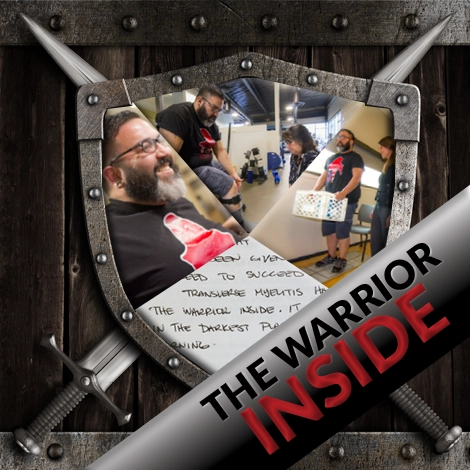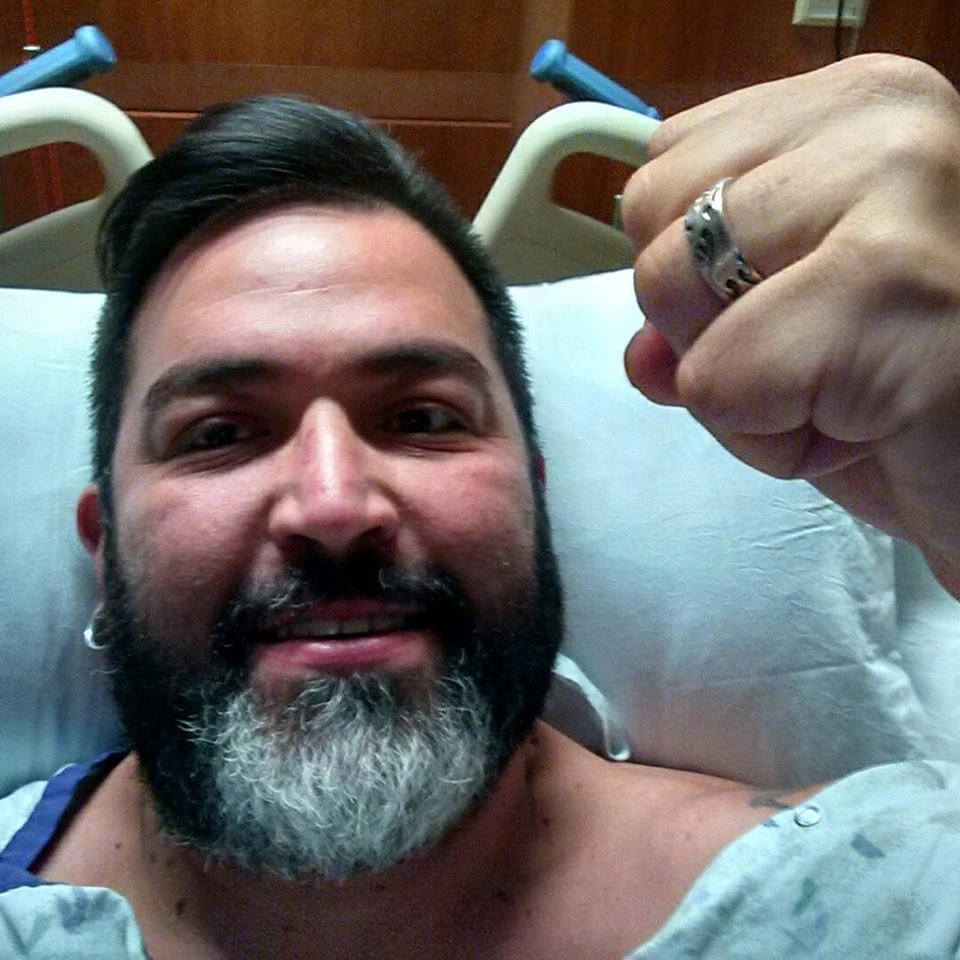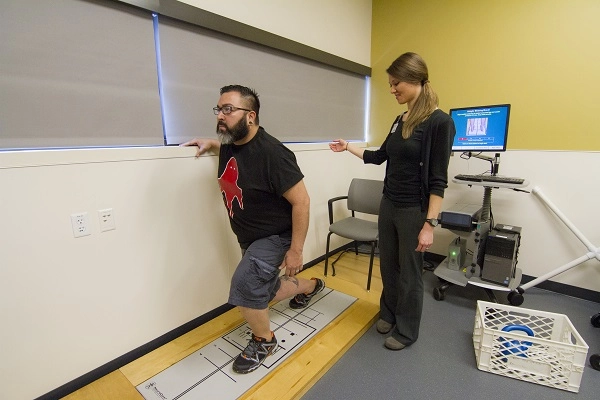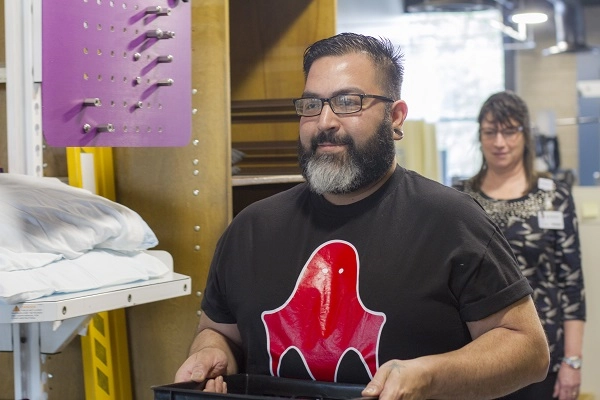Finding the warrior inside


Mario M. was preparing to go to work when the unexpected happened.
“I did some stretches and was about to get in the shower when I started feeling pain and numbness in my lower extremities—and it kept getting worse,” Mario said. “My feet stopped moving. I could wiggle my toes, and then my toes just stopped moving. I was in incredible pain.”
By the time he got to the Salem Health Emergency Department, he was immobile from the waist down. “It was scary. They weren’t sure I would be able to walk again. It was not a good outlook.”
Mario underwent several tests and was diagnosed with transverse myelitis, a neurological disorder caused by inflammation across both sides of one segment of the spinal cord. The inflammation damages myelin, the fatty insulating substance that covers nerve cell fibers, and interrupts communications between the nerves in the spinal cord and the rest of the body.
“No one is sure what causes transverse myelitis,” Mario said. “It can hit anyone at any time and be triggered by anything.”
Mario began a steroid IV to get the swelling down. “I was told I may not be able to walk again,” he said. “I was depressed right away. My nurse saved me. She told me I’d get better from this. She helped pull me out of the darkness and push me back toward the light.

Mario worked hard to keep a good attitude while he was in the hospital.
Mario started getting a little movement back in his leg and was moved to the inpatient rehabilitation unit where he pursued intensive rehabilitation for two weeks.
“They let me push as hard as I could,” Mario said. “They said, if you feel like you can do it, do it.”
Mario pushed through severe nerve pain he describes as having TV static in your leg, “like pins and needles, 24/7, belly button to toes.” He said that pain will probably be with him the rest of his life, although medications help tone it down to be tolerable.
Mario attributes his will and stubbornness to leaving the hospital with a right leg brace instead of a wheelchair.
“When I left, I was overwhelmed,” Mario said. “I kept fighting though. I told my wife I’d drive her to the pharmacy. So I drove with my left foot!”
In Mario’s first visit to outpatient rehabilitation, his physical therapist, Lene MacKenzie, said he was ready to start walking with a cane instead of his walker.
“She saw me in a positive light, and a week later I was walking with a cane,” Mario said. “Every time I see her, we do something different and something better. I’m not going to let stuff hold me back.”

Mario works with Lene MacKenzie, a physical therapist, on a balance and mobility floor board. Sensors in the board provide weight-bearing and balance information to the computer.
Occupational therapist Diane Barker is assessing Mario’s ability to return to work.
“She works with me on what I can lift and what I can carry,” said Mario. “I wear a leg brace, but still can’t climb a ladder or carry more than 25 pounds.”

Occupational therapist Diane Barker worked with Mario on building endurance and strength so that he could return to work.
Mario is now walking, sometimes with a cane or boot, but mostly on his own.
“I know this is going to be a battle that I fight for the rest of my life,” Mario said. “Transverse myelitis has helped me find the warrior inside. It has shown me that even in the darkest place, I still have a fire burning.”